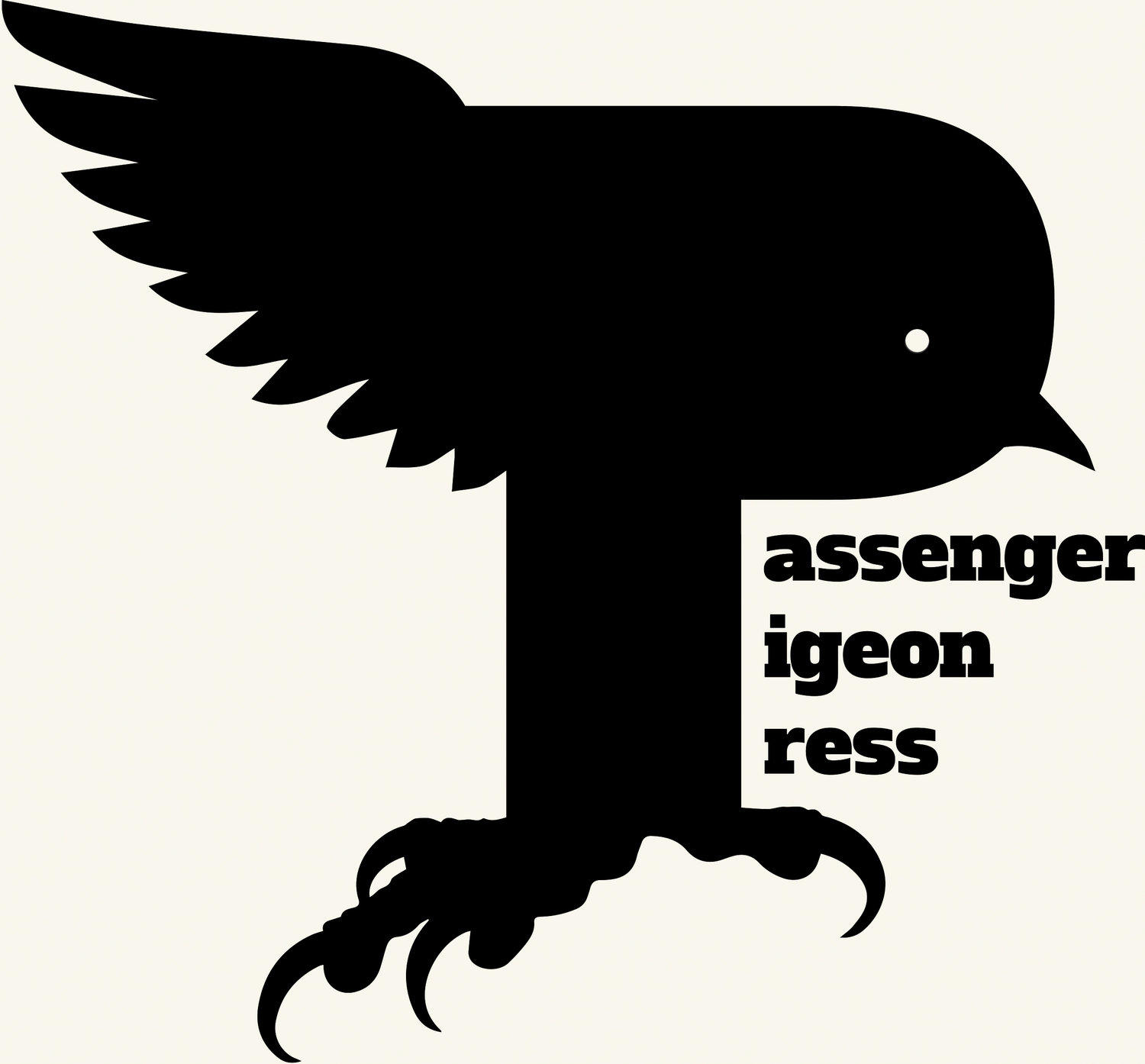Gabriella Hirst X Atomic Terrain: How to Make a Bomb pamphlet
Gabriella Hirst X Atomic Terrain: How to Make a Bomb pamphlet
ATOMIC TERRAIN
From the historic claiming of land as national territory, to the systematic contamination of landscapes, human impact on the natural world in the name of global security carries a tension between cultivation and control, peace and conflict. Atomic Terrain is an in-depth exploration of this tension as it pertains to the development of the atom bomb, and how the nuclear age transformed humanity’s relationship with the natural world. Atomic Terrain exists as a dialogue between two creative projects about plant life and the heavy nuclear stories they carry: B(L)OOM and How to Make a Bomb. By pairing art and research, Atomic Terrain offers nature – the humble existence of plants around us – as an alternative access point to our nuclear past, and encourages us to reckon with the ways this history reverberates in today’s geopolitical climate and cultural landscape. Atomic Terrain is a collaboration between Tammy Nguyen, Warren Harper, Lovely Umayam (Bombshelltoe) and Gabriella Hirst.
HOW TO MAKE A BOMB
How to Make a Bomb is an artwork by Gabriella Hirst, a durational gardening project initiated in 2016, examining the structural connections between horticulture, state power, and nuclear colonialism. The project centres on a rare species of garden rose, the Rosa floribunda ‘Atom Bomb’, which was developed by German rose breeder Reimer Kordes in 1953 during the height of post-war nuclear fervour. Through processes of grafting and taking cuttings, How to Make a Bomb sees artist Gabriella Hirst propagate new specimens of this rose from one of the few remaining plants of the original species, and teaches others how to do the same through “How to Make a Bomb” public workshops and printed manuals. Since August 2019, the “How to Make a Bomb” project has been hosted by The Old Waterworks (TOW), in collaboration with curator Warren Harper. The artist book How to Make a Bomb (2023) was produced by Passenger Pigeon Press especially for the newest chapter of the How to Make a Bomb project, which saw Atomic Terrain importing the Rosa floribunda 'Atom Bomb' into a USA context.
The PPP How to Make a Bomb pamphlet was designed by Tammy Nguyen, features an essay by Lovely Umayam, as well as an instructive rose-guide by Gabriella Hirst, and official documents amassed during the USA Atom Bomb rose importation process. The pamphlet was produced by Holly Greene, Daniella Porras, Jane Lillard, and Chance Lockard. How to Make a Bomb was produced using silkscreen printing, full-color photocopy, and single-copy photocopy.
This listing is for a new edition of the How to Make A Bomb instructional pamphlet, produced specially for Atomic Terrain by Passenger Pigeon Press.










